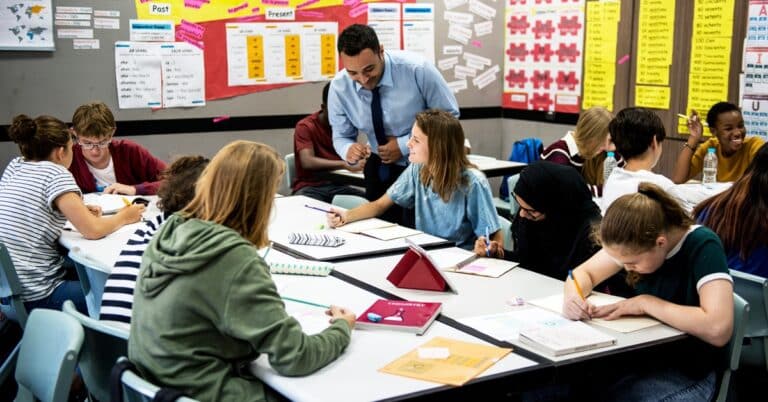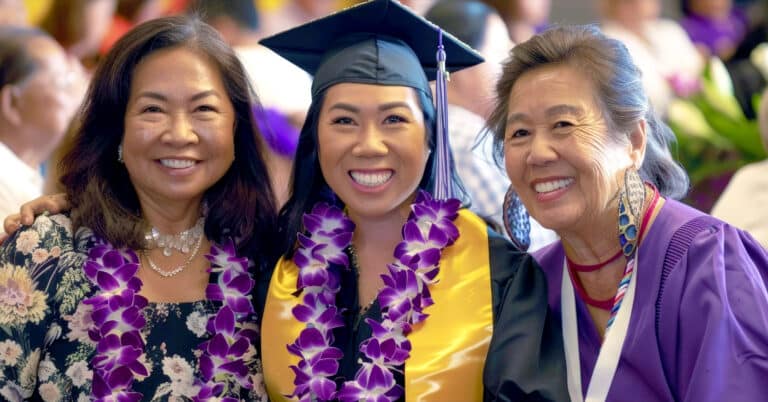What do we mean when we say personalized, competency-based learning? It’s a big concept, but there’s an even bigger payoff for everyone involved – students, teachers and community leaders alike.
Personalized, competency-based learning relies on four essential things:
- Transparent learning outcomes that everyone can understand
- A focus on student mastery rather than seat time
- Making learning real and relevant for the student
- A strategic design plan for personalized learning that everyone has a say in, both educators and non-educators
You want everyone on the same page, working for the success of every student, and you want everyone to be operating under the same definition and pathway to success, too. If your typical 9-year-old can understand and talk about where they are on a learning continuum, then so can a parent, or a community or business leader.
How is the experience of learning within personalized learning environments different from traditional education? What changes for teachers or parents? We asked people within our learning communities to find out. Learn more »
Transparent learning outcomes make it possible not only to make sense of learning experiences that might not look like the traditional test, but they also make it possible to hold everyone to the same standard. You don’t get a pass with a 60 percent – if the goal is that every child is able to identify and understand symbolism in a story or calculate the circumference of a circle, then every student has to demonstrate that they are able to do that before moving on. Each competency builds on the previous one, bridging potential learning gaps and allowing students to advance with a stronger understanding. And because the objective is so specific and so clear, teachers aren’t the only ones who are able to help children reach their goals – everyone has a stake in students’ successes.
Because some students may master some topics more quickly than others, a focus on mastery rather than seat time is essential. The current school day and school year is built around getting children home to help bring in the harvest. Whether they’re ready to move on or not, a teacher must press through a curriculum to cover as much as possible in the time allotted. But with personalized, competency-based learning, time is the variable and learning is the constant, rather than the other way around.
Assignments that students can get excited about, that feel real and relevant to their world, are the future of education. When students don’t just repeat facts, they can demonstrate true understanding through projects that might encourage them to take a more active role in their community, to show how their hobbies contribute to their learning or explore how a family trip to a historical site gives them a new and deeper perspective.
Ultimately, all of this is made possible by a strategic design plan that involves everyone in the community who will be impacted by a new approach to education – and who stands to contribute to the success of that approach. Personalized, competency-based learning isn’t just about tailoring learning to each student, it’s also about recognizing that each community has unique needs, too. It requires deliberate, meaningful conversations about what learners need, and what leaders in the community can do to meet those needs. Learning communities must ask themselves:
- What are the core values driving their approach to education?
- What do they anticipate and hope for every graduate?
Identifying these critical ideas creates guiding principles for every decision that’s made, and that makes the work of teaching and learning possible.
Personalized, competency-based learning doesn’t work in a vacuum. Voices within the community matter, teachers matter and the voices of students matter.
Because when everybody buys in, everybody wins.
How is personalized, competency-based learning different than traditional learning?
This was written by former Senior Manager of Communications Jillian Kuhlmann.




